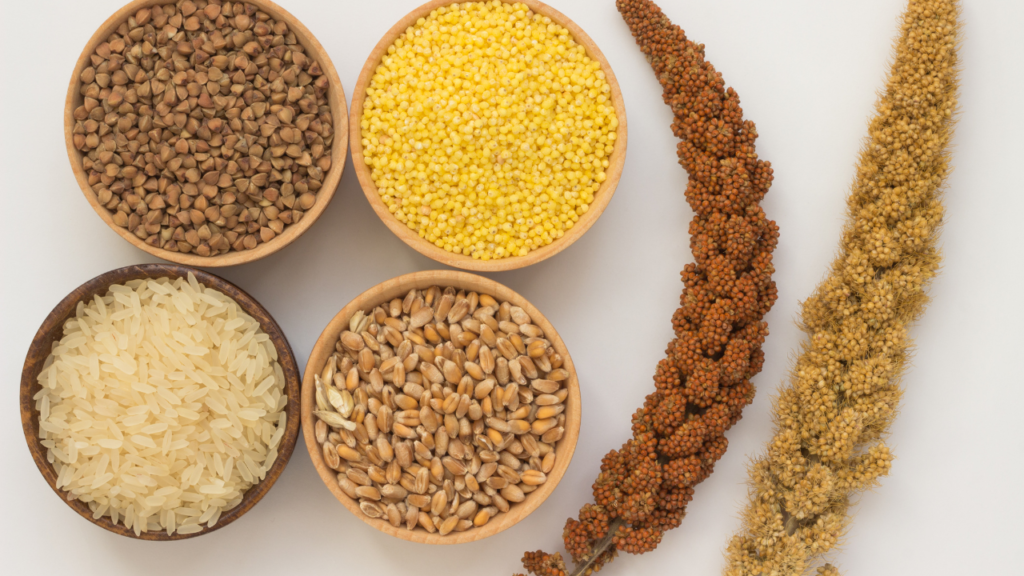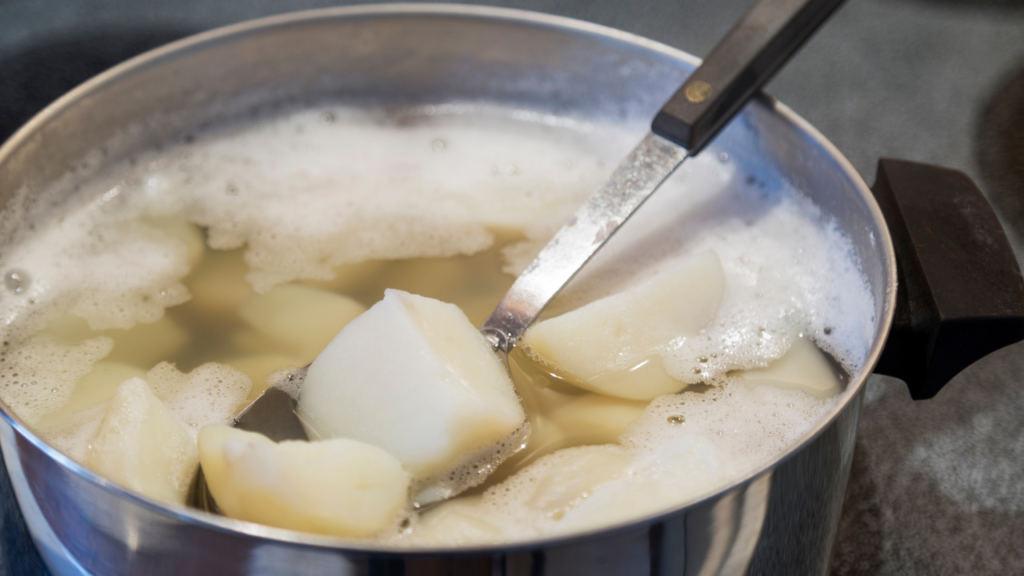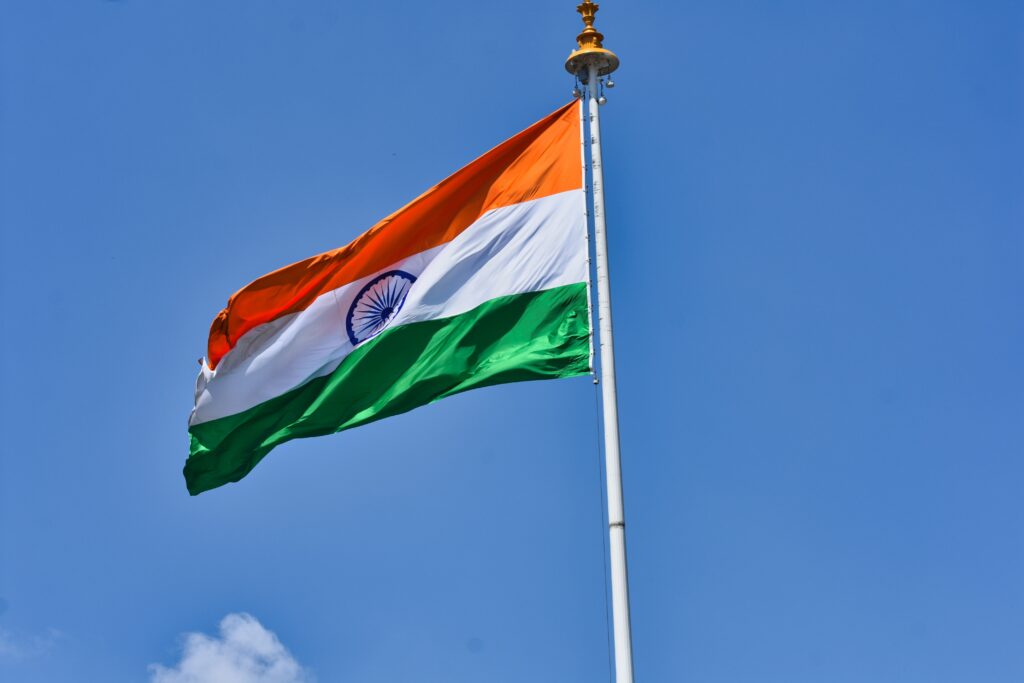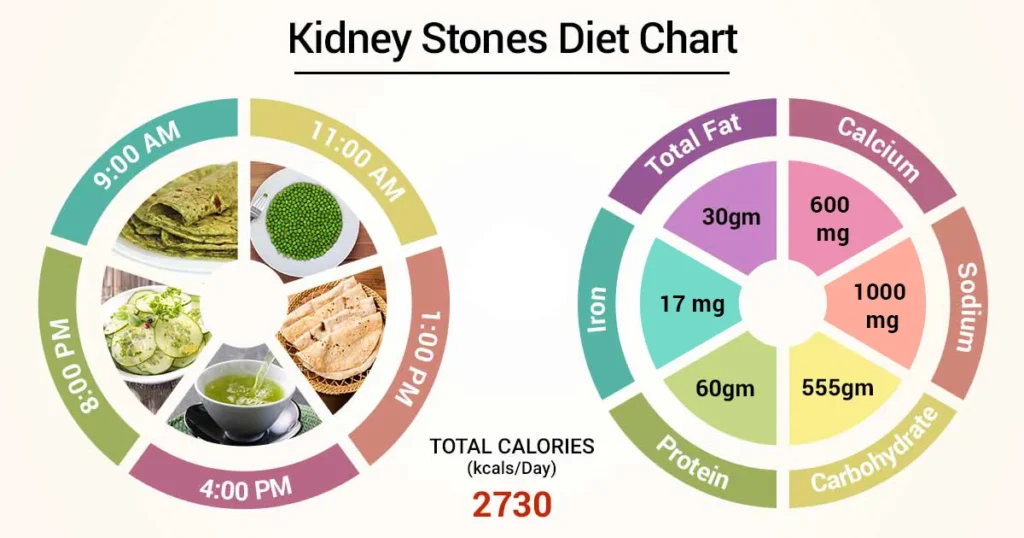
Potassium is a mineral present in our blood. It works in coordination with sodium in your body. Sodium and potassium, also known as electrolytes hold a considerable importance when it comes to kidney disease. Kidneys are the ones responsible for maintaining electrolyte balance. Weak kidneys are unable to do this job efficiently and hence, sometimes potassium may accumulate in the blood. This can prove to be dangerous and hence you may require help of a Renal Dietitian to select foods and offer tips to lower potassium
To watch our video on 5 things that may be silently increasing your potassium levels, click here
Below are 5 tips to lower potassium intake as recommended by a Renal Dietitian:
1. Avoid low sodium salts: Low sodium salts are substitutes of table salt but have potassium chloride as their main ingredient instead of sodium chloride. This can elevate your potassium levels and can lead to fatal outcomes like heart attack or cardiac arrest. Hence, it is advisable to prefer iodized table salt instead of low sodium salt
To know more about salts that are unsafe in kidney disease, click here

2. Avoid millets like bajra, nachni: You heard it right! Millets are extremely healthy but that’s because they are rich sources of vitamins and minerals which includes potassium. If you need to lower your serum potassium levels, then you can stick to sieved wheat flour or rice instead of millets
On the contrary, cereals that are lower in potassium are sago (sabudana), samak chawal (barnyard millet, also known as upwas ke chawal or saamo or vari), puffed rice, rice flakes, rice vermicelli and parboiled rice. For samak chawal recipe, click here

3. Leach vegetables that are high in potassium: Leaching is a cooking process that helps in removing some (not all) potassium from food ingredients. Leaching is usually considered when the serum potassium level tends to be persistently high. Process of leaching has been elucidated below:
- Peel & then slice – Peel vegetables and then dice/ slice them into thin slices (1/8th inch thick slices)
- Then rinse in warm water and then soak for 2 hours in warm water using 10 times the amount of vegetables
- Discard this water and then rinse again in warm water
- Cook the vegatbles using 5 times amount of water as compared to the amount of vegetables
- Drain the water
- Now your vegetables are ready to be used for adding other ingredients
Your Renal Dietitian may guide you to leach if not all vegetables, then at least high potassium vegetables. Following is the list of Indian vegetables that have a high potassium content:
- Potatoes (aloo)
- Sweet potatoes (shakarkand)
- Yam (kand)
- Colocasia (arbi)
- Lotus root
- Drumstick (sem ki phalli)
- Drumstick leaves (sem ke patte)
- Spinach (palak)
- Coriander leaves (dhania)
- Parsley
- Colocasia leaves (arbi ke patte)
- Mustard leaves (sarsoan ki bhaji)
- Brocolli
To get a list of vegetables that are low in potassium, click here

4. Soak dals and pulses: Renal dietitians usually recommend soaking all dals and pulses overnight in plenty of water. Next day discard this water and then cook dals or pulses. This process may help in lowering some of the potassium from dals and pulses
Dals and pulses that are considerably high in potassium are:
- Tur dal (arhar ki dal)
- Whole urad
- Urad dal
- Moong dal with skin
- Whole moong
- Moth
- Moong dal
- Kidney beans (rajmah)
- Black eyed beans (lobia)
5. Do not fall prey to foods labelled as DIET foods: Renal dietitians urge you to exercise caution before purchasing any foods labelled as ‘DIET’ food as they may contain excessive amount of salt as well as potassium. Simple example is a DIET chivda may at times contain low sodium salt (which is high in potassium) and can raise the serum potassium. You also need to read the labels carefully for additives like potassium sorbate, potassium metabusilphite, etc
These are 5 simple tips you should follow if your serum potassium is high. Remember, these are general guidelines and cannot replace the personal expertise and opinions of renal professionals.
At NutriKonnect, we have one-to-one diet consultation sessions with a comprehensive follow up. You can avail our advance or premium session if you need innvovative recipes for kidney disease. For tasty and healthy kidney – friendly lunch and dinner menus and desserts, you can avail our recipe course, click here to gain access.
If you have any queries related to kidney diet, feel free to post them here . We shall revert back on them soon.


